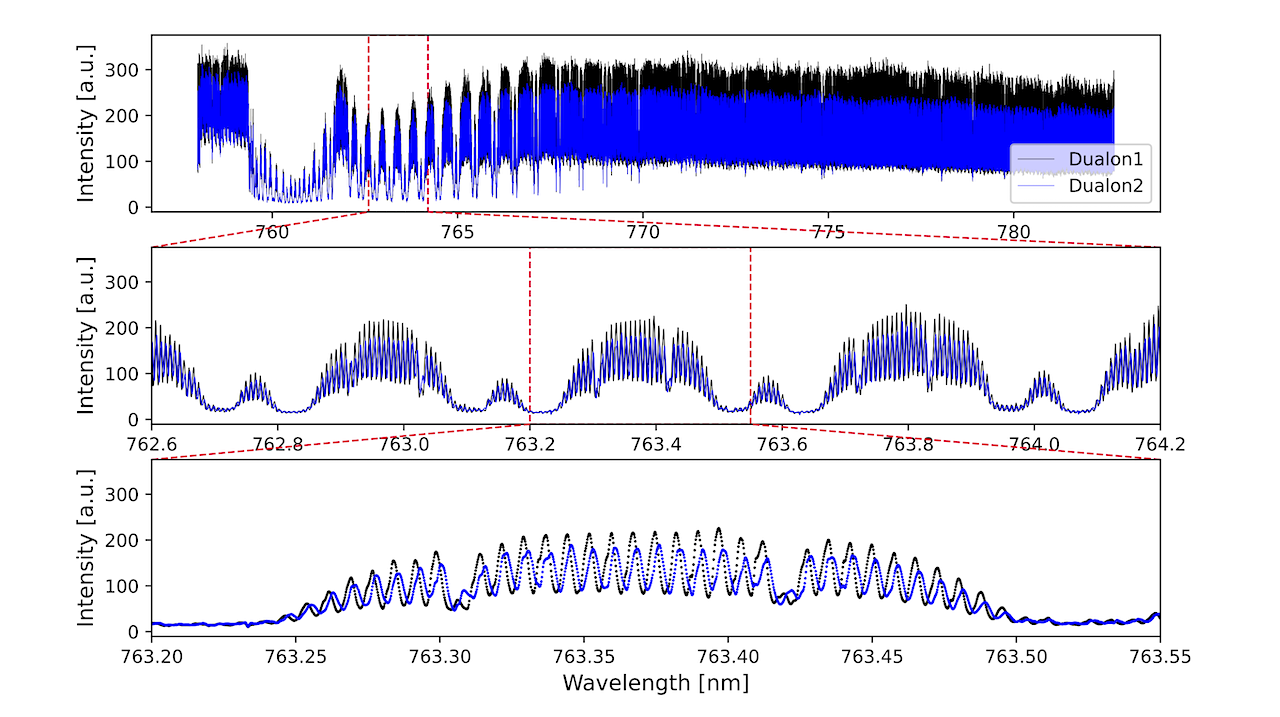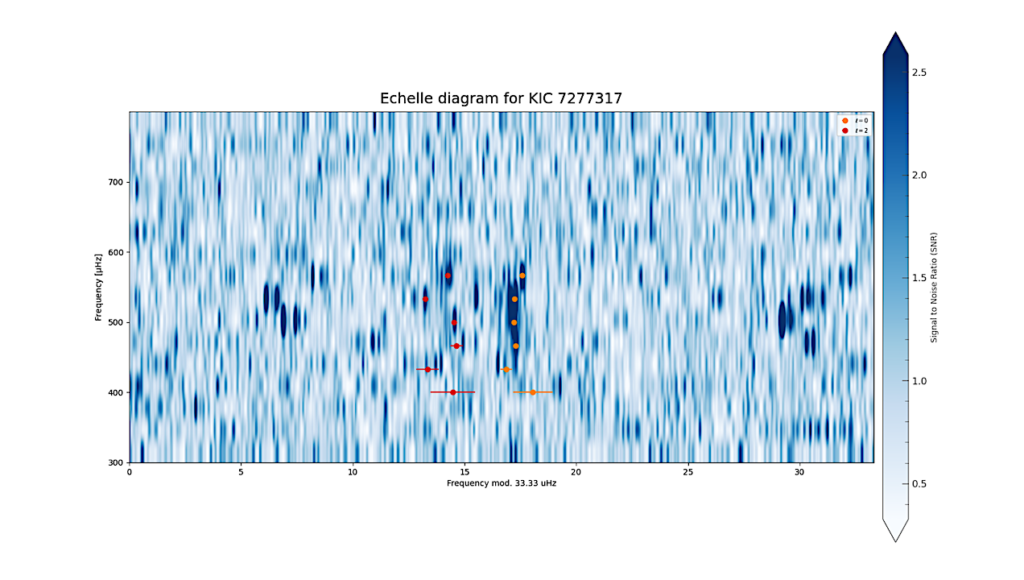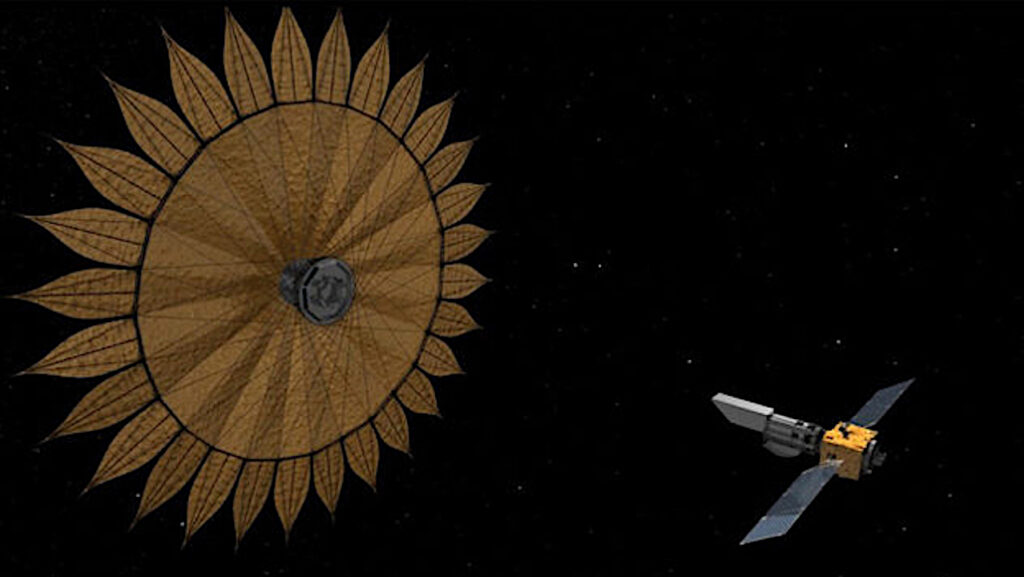First On-sky Results Of A FIOS Prototype, A Fabry Perot Based Instrument For Oxygen Searches

The upcoming Extremely Large Telescopes (ELTs) are expected to have the collecting area required to detect potential biosignature gases such as molecular oxygen, O2, in the atmosphere of terrestrial planets around nearby stars.
One of the most promising detection methods is transmission spectroscopy. To maximize our capability to detect O2 using this method, spectral resolutions R≥300,000 are required to fully resolve the absorption lines in an Earth-like exoplanet atmosphere and disentangle the signal from telluric lines. Current high-resolution spectrographs typically achieve a spectral resolution of R∼100,000. Increasing the resolution in seeing limited observations/instruments requires drastically larger optical components, making these instruments even more expensive and hard to fabricate and assemble. Instead, we demonstrate a new approach to high-resolution spectroscopy.
We implemented an ultra-high spectral resolution booster to be coupled in front of a high-resolution spectrograph. The instrument is based on a chained Fabry Perot array which generates a hyperfine spectral profile. We present on-sky telluric observations with a lab demonstrator. Depending on the configuration, this two-arm prototype reaches a resolution of R=250,000-350,000. After carefully modeling the prototype’s behavior, we propose a Fabry Perot Interferometer (FPI) design for an eight-arm array configuration aimed at ELTs capable of exceeding R=300,000. The novel FPI resolution booster can be plugged in at the front end of an existing R=100,000 spectrograph to overwrite the spectral profile with a higher resolution for exoplanet atmosphere studies.

The solar feed and optical fiber (Top left panel) channels sunlight into the lab (Lower left panel). For illustration, the fiber-end is not plugged into the FPI input port. The input fiber is then plugged into the FIOS demonstrator (Right panel) with the two-arm FPIs (dualons) — astro-ph.IM
Surangkhana Rukdee, Sagi Ben-Ami, Mercedes López-Morales, Andrew Szentgyorgyi, David Charbonneau, Juliana García-Mejía, Johannes Buchner
Comments: Accepted for publication in A&A; 12 pages, 13 figures
Subjects: Instrumentation and Methods for Astrophysics (astro-ph.IM); Earth and Planetary Astrophysics (astro-ph.EP)
Cite as: arXiv:2307.14947 [astro-ph.IM] (or arXiv:2307.14947v1 [astro-ph.IM] for this version)
Submission history
From: Surangkhana Rukdee
[v1] Thu, 27 Jul 2023 15:41:43 UTC (3,583 KB)
https://arxiv.org/abs/2307.14947
Astrobiology, Astrochemistry








